Consolidated Electronic Wire & Cable is a leading provider of standard and custom coaxial cable solutions for a wide range of applications. Earlier this month, we began a three-part coaxial cable FAQ series to share our industry knowledge and address some common customer inquiries.
The first question, featured in our most recent post was What does RG stand for? We discussed the origin of the cable naming convention and highlighted some of the most common types of coax cables, along with their specific applications.
Another question we often hear is, How can I ensure I’m using the best coax solution for the job?
As we mentioned in our previous post, a coax cable’s RG number doesn’t always tell the whole story; there are a number of other factors to consider when selecting the right cable for your application. We’ve compiled the most important ones below.
- Application – How will you be using your cable? Certain types are designated for specific applications, such as signal transmission for military operations, while others are capable of general utility work, including commercial radio and cable television. Consider if your application will require short or long range transmission, as well as high or low frequencies.
- Impedance – Impedance is an electrical circuit’s resistance to alternating currents, expressed in ohms. It should match throughout all components of a coaxial cable system to help prevent internal reflections that cause echoes, signal attenuation, or ghosting television images.
- Environment – Some cables must withstand exposure to harsh environmental conditions. Cables installed underground should pass through waterproof pipes to protect the jackets from liquid and vapor permeation. Users can also waterproof cords with self-amalgamating tape. To provide relief from sunlight and corrosive vapors, some manufacturers use hardened polyethylene cables, as well as tin and silver coatings.
- Working Voltage and Power Rating – A coaxial cable’s voltage travels through the center wire or conductor. Each cable has a calculated maximum or “peak” voltage, which is then slightly reduced as a safety precaution. Along with RG labeling, manufacturers include the cable’s maximum input power rating in the product information.
- Signal Loss at Specific Frequencies – Coaxial cable lines can be susceptible to signal loss at very high (VHF) and ultra-high (UHF) frequencies. Some manufacturers provide a foil or braided shield for VHF and UHF interference protection. Not only are braided shields more effective at preventing interference, but they are also more conductive and easier to attach to a connector.
Consolidated Electronic Wire & Cable offers an extensive line of standard coaxial cables for a variety of industries, as well as custom services to develop the right solution for your application. For more information on our standard and custom coaxial cable solutions, be sure to check out the final installment in our FAQ series.

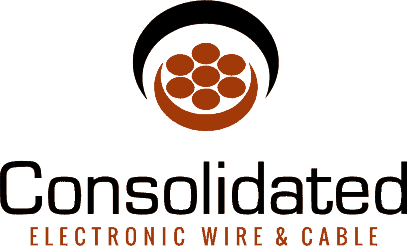


 () Quote Cart
() Quote Cart

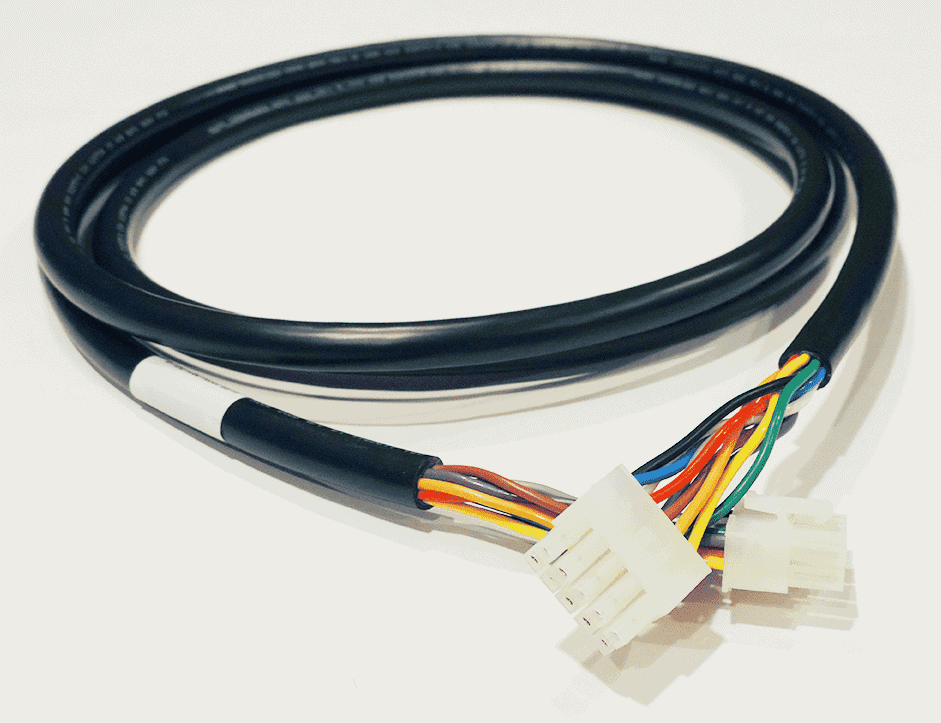
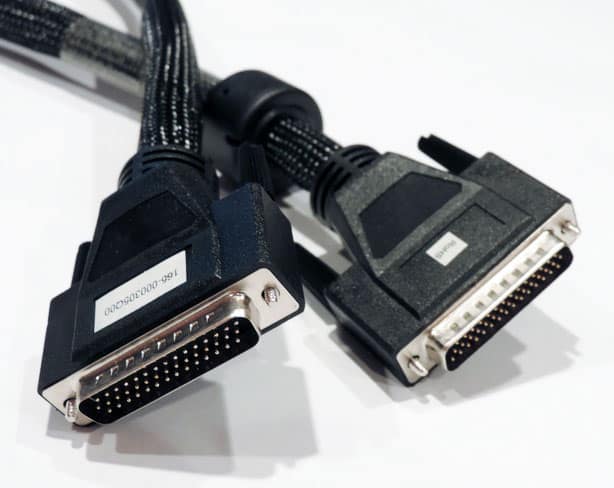
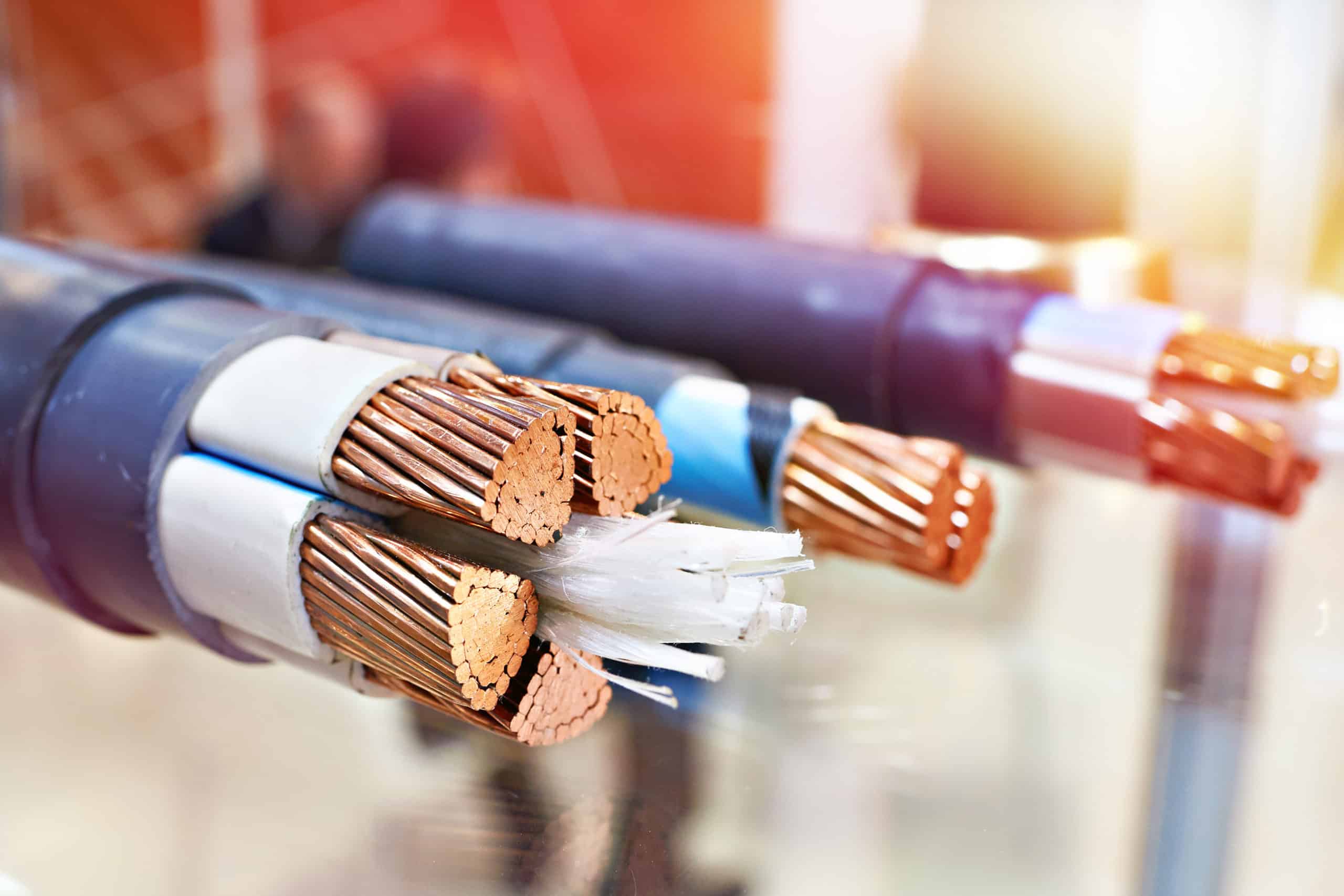
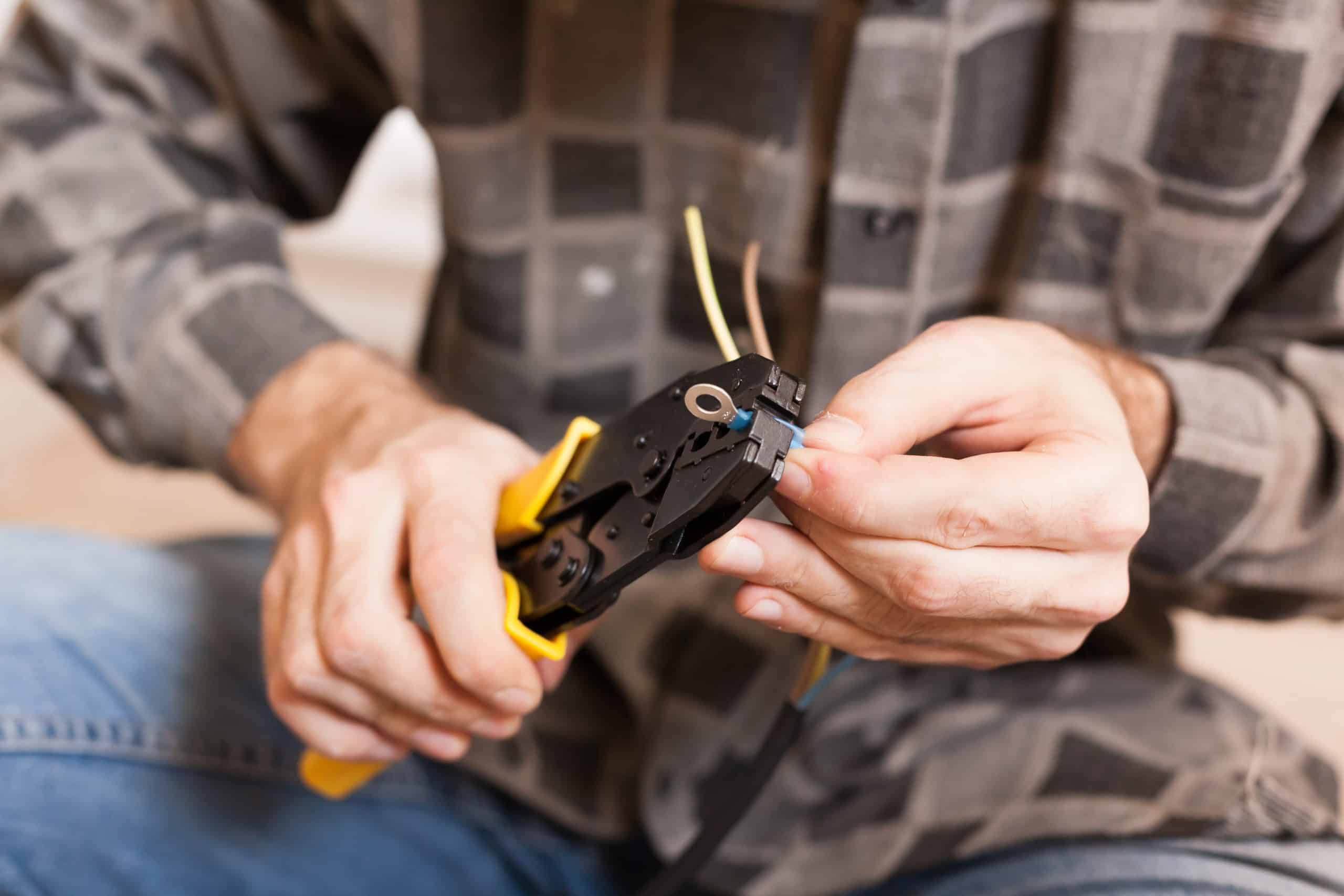
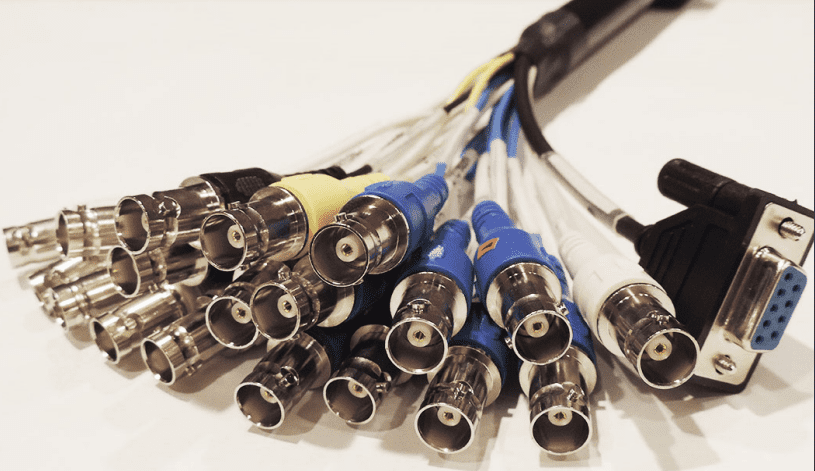
Comments are closed